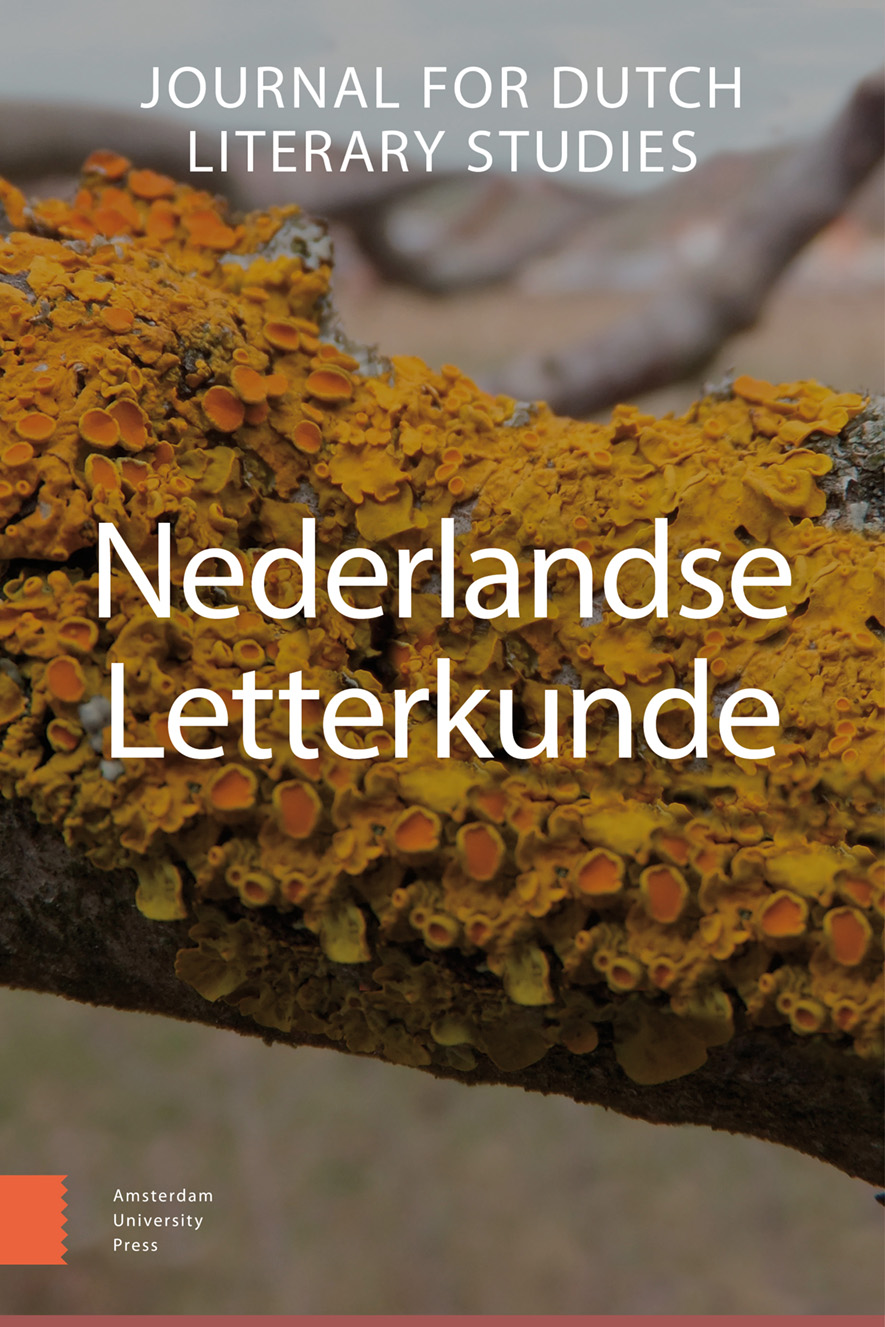-
oa Een schroothoop als gezamenlijk project
Interculturele empathie in Tom Lanoye’s Het derde huwelijk1
- Amsterdam University Press
- Source: Nederlandse Letterkunde, Volume 24, Issue 3, Nov 2019, p. 379 - 405
-
- 01 Nov 2019
Abstract
A Scrapheap as Joint Enterprise: Intercultural Empathy in Tom Lanoye’s Het derde huwelijk
So far, within the field of Dutch studies few have employed empathy to study texts on contemporary multiculturalism. Studying empathy as a cognitive and an affective phenomenon, this article combines insights from cognitive, affective and postcolonial research to establish several guidelines on how empathy functions between novel characters in an intercultural context. Rather than focussing on the empathic relations between reader and text, the article investigates empathy between fictional characters. As an example, an analysis of Tom Lanoye’s novel Het derde huwelijk [The Third Marriage] is offered. The analysis concentrates on the way in which the narrative uses a highly prejudiced author as an indictment against the West’s emotional inability with regard to migrants.


